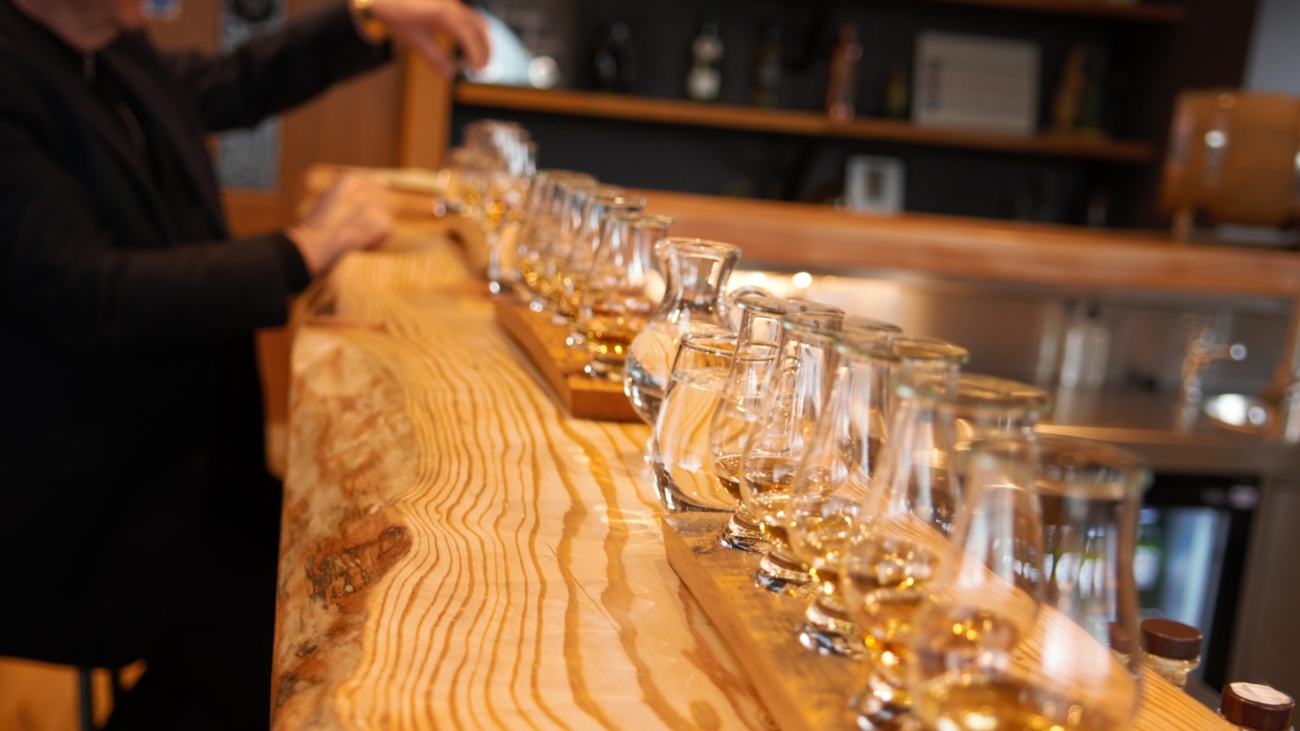In the intricate world of whisky investments, where passion meets profit, understanding the tax implications is paramount. As whisky enthusiasts and investors alike seek to diversify their portfolios, it’s essential to delve into the nuances of tax regulations surrounding whisky cask investments.
Unraveling the Tax Code: A Journey into Whisky Cask Investments
At Whisky Solutions, we embark on a journey to demystify the tax implications of investing in whisky casks. Much like the intricate flavors found within a dram of fine Scotch, navigating the tax code requires patience, diligence, and a keen eye for detail.
Tax Considerations for Investors: A Comprehensive Guide
From capital gains tax to VAT, there are various tax considerations that investors must be aware of when venturing into whisky cask investments. Understanding how these taxes apply and affect your investment can make all the difference in maximizing your returns and minimizing your liabilities.
Capital Gains Tax: Exploring the Impact on Whisky Cask Investments
One of the primary tax considerations for whisky cask investors is capital gains tax. As the value of your cask appreciates over time, any profit realized upon its sale may be subject to capital gains tax. However, certain exemptions and reliefs may apply, depending on your individual circumstances and the jurisdiction in which you reside.
Value Added Tax (VAT): Navigating the Complexities
In addition to capital gains tax, VAT also plays a significant role in whisky cask investments. Understanding how VAT applies to the purchase, storage, and sale of whisky casks is essential for ensuring compliance and minimizing tax liabilities.
Seeking Professional Advice: The Key to Success
As with any investment endeavor, seeking professional advice from tax experts and financial advisors is crucial. At Whisky Solutions, we understand the importance of having a knowledgeable team by your side to guide you through the intricacies of tax planning and optimization.
Conclusion: Empowering Investors with Knowledge
In conclusion, understanding the tax implications of investing in whisky casks is essential for maximizing returns and mitigating risks. By staying informed and seeking professional advice, investors can navigate the complexities of the tax code with confidence and clarity. At Whisky Solutions, we are committed to empowering investors with the knowledge and resources they need to succeed in the exciting world of whisky investments.



